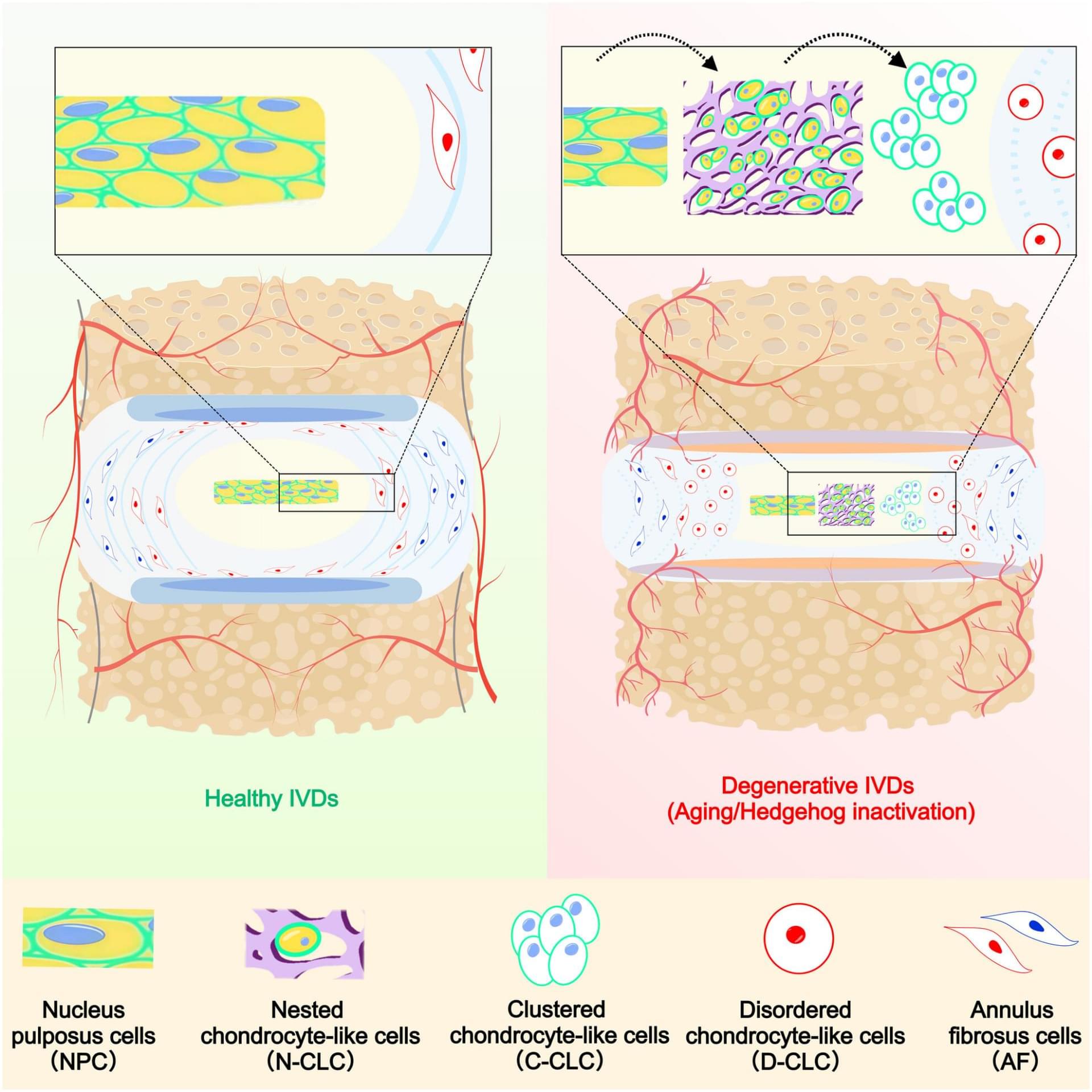Synthetic biology offers a toolkit to engineer microbes capable of surviving in outer space and for biomanufacturing materials to support astronauts on long missions.
Get the latest international news and world events from around the world.


Healthy Habits Can Make Your Brain Up to 8 Years Younger
Stressful factors like chronic pain, low income, less education and other social risks were associated with older-looking brains. Those links seemed to make less of an impression over time. What stood out more clearly were protective elements: things like getting restorative sleep, maintaining a healthy weight, managing stress, avoiding tobacco and having supportive relationships.
Study participants who reported the most protective factors had brains eight years younger than their chronological age when the study started, and their brains went on to age more slowly over the next two years.

CWM: An Open-Weights LLM for Research on Code
We release Code World Model (CWM), a 32-billion-parameter open-weights LLM, to advance research on code generation with world models. To improve code understanding beyond what can be learned from training on static code alone, we mid-train CWM on a large amount of observation-action trajectories from Python interpreter and agentic Docker environments, and perform extensive multi-task reasoning RL in verifiable coding, math, and multi-turn software engineering environments. With CWM, we provide a strong testbed for researchers to explore the opportunities world modeling affords for improving code generation with reasoning and planning in computational environments. We present first steps of how world models can benefit agentic coding, enable step-by-step simulation of Python code execution, and show early results of how reasoning can benefit from the latter.


Scientist Connected Light And Matter Century Before Quantum Physics
The Irish mathematician and physicist William Rowan Hamilton, who was born 220 years ago last month, is famous for carving some mathematical graffiti into Dublin’s Broome Bridge in 1843.
But in his lifetime, Hamilton’s reputation rested on work done in the 1820s and early 1830s, when he was still in his twenties. He developed new mathematical tools for studying light rays (or “geometric optics”) and the motion of objects (“mechanics”).
Intriguingly, Hamilton developed his mechanics using an analogy between the path of a light ray and that of a material particle.




Scientific breakthrough leads to ‘fluorescent biological qubit’ — it could mean turning your cells into quantum sensors
Fluorescent proteins, which can be found in a variety of marine organisms, absorb light at one wavelength and emit it at another, longer wavelength; this is, for instance, what gives some jellyfish the ability to glow. As such, they are used by biologists to tag cells through the genetic encoding and in the fusing of proteins.
The researchers found that the fluorophore in these proteins, which enables the immittance of light, can be used as qubits due to their ability to have a metastable triplet state. This is where a molecule absorbs light and transitions into an excited state with two of its highest-energy electrons in a parallel spin. This lasts for a brief period before decaying. In quantum mechanical terms, the molecule is in a superposition of multiple states at once until directly observed or disrupted by an external interference.